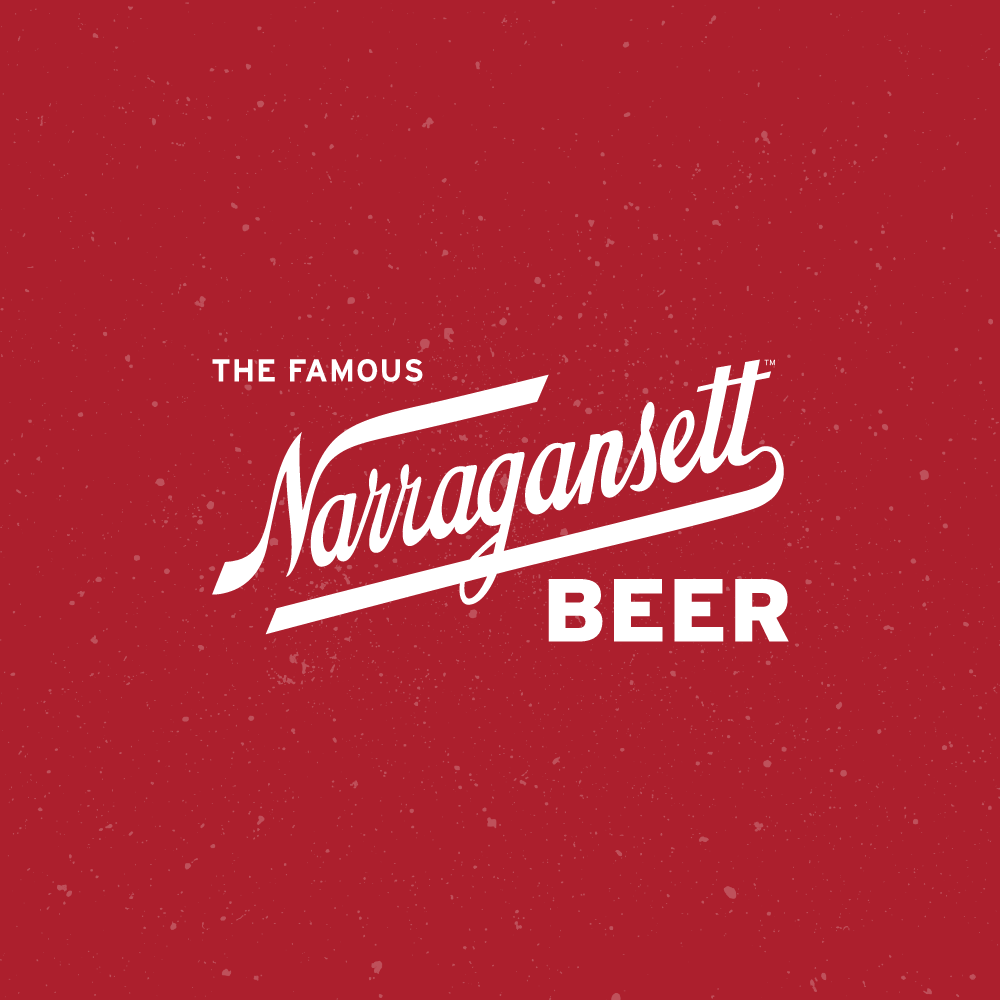From the blog, Leave Out All The Rest.
I found an interesting side of beer through this online article, which was reposted from the All About Beer Magazine.This article went on about how Television has affected the way Brewers advertise their beer made products. It all started with regional brewers, which was surprising, because a movement is usually backed by a large entity, but this movement was started out by a collective group that wanted to get the word out there about beer. When TV exploded on the consumer market in the 1940’s brewers were constantly making commercials that would help to sell the product, some would go on to become very successful later in the decades, others would eventually fail. Surprisingly New England’s Narragansett Beer was the very first Brewery to sponsor a telecast of the Boston Red Sox games. Through the evolution of television, beer commercials have evolved along with it, with many various methods of advertising, such as the testimonial, the mini-drama, the celebrity endorsement, and the demonstration. There were also many developed methods in ways of portraying their own brand, through animation, live action, as well as jingles that could spark a social trend like a saying that could stick. There were even mascots and representatives that represented their brand names, like Black Label’s Mabel, with her infectious jingle, "Hey Mabel-Black Label." Eventually, Miller came onto the scene with Lite Beer and with some risk taking decisions, was able to succeed in convincing the masses that Lite beer was the way to go, even with their own slogan, "Everything you always wanted in a beer. And less." Beer on television advertising really took off in the 1970’s and really took the advertising market by storm, at the price of smaller, regional breweries like Koehler, Burger, Ortlieb’s and many others who couldn’t keep up in the advertising war with their national counterparts, one of which, was Miller.
I really though this article was an interesting insight into American Television Advertisement history. It shows that when the medium came out, Breweries didn’t waste time wanting to get their product out to the masses in a clear and effective way. It also goes to show how Beer advertisements have helped to impact the way many companies produce commercials of all sorts, funny, jabbing, short, brief, and straight to the message. Now I can see Beer in a whole new light in the advertisement industry as well as how they advertise today. Beer advertising goes a long way back and this new perspective helped me to understand how something started out so easy became so complex in such a short amount of time, with the amount of competitors aiming to sell their product.

